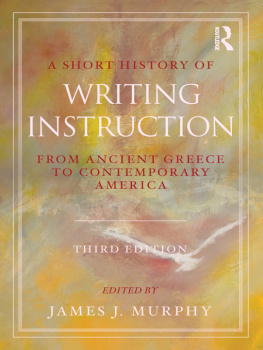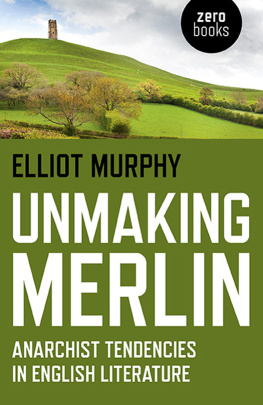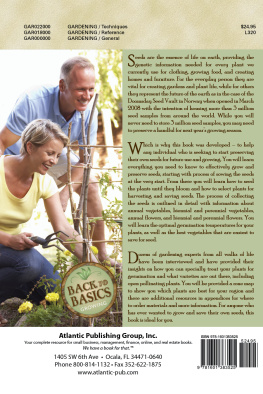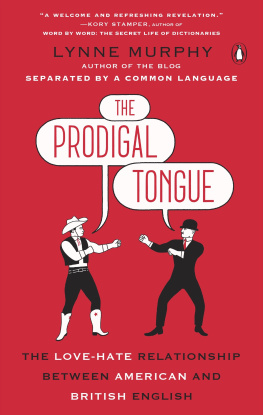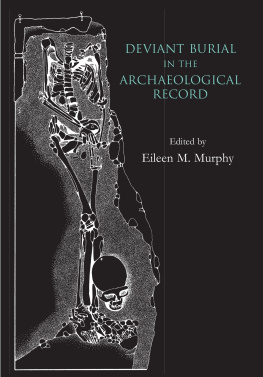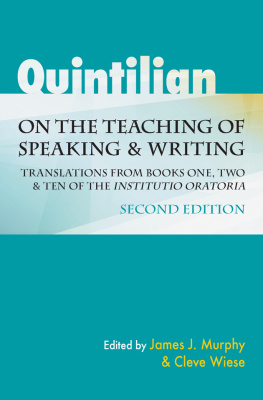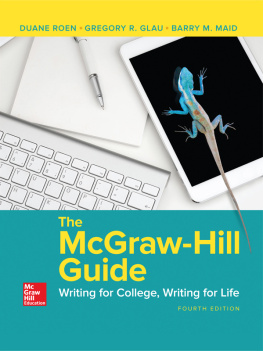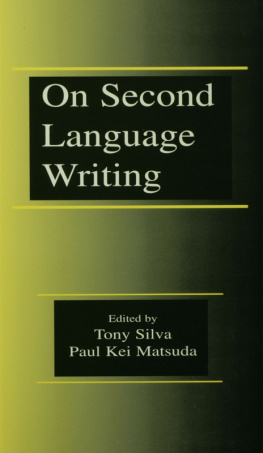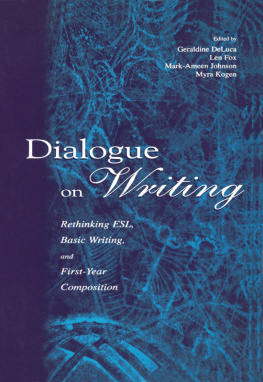Ways to Read This Book
An Introduction
James J. Murphy
When philosopher Mortimer Adler wrote his How to Read a Book in 1940 it turned out that he was not really talking about books, but about readers. A book, he pointed out, was merely a silent tool waiting to be brought to life by its readers.
The makers of this bookits authorshave come together to examine one of the most powerful instincts of human beings, the urge to perpetuate themselves, their thoughts, and their actions through the use of visible symbols. The viewers of our inscriptionsour readershave many options for vitalizing this book.
Most books are prepared with the presumption that the reader will begin at page one and march doggedly through to the last page. One reviewer of the first edition of this book complained that the graphics of its cover unfairly presumed a continuity of teaching methods over the ages, thus cheating the reader of an opportunity to make an independent judgment from the text itself. Our present cover is neutral, leaving it to the reader to decide how to exercise the options of approach.
While front-to-back reading is perhaps the preferred method for most readers, it is also possible to compare epochs/chapters, or track particular teaching methods, or look for continuities/differences, or trace the relations between sociological changes and schools reaction to them, or work back from the Glossary of Key Terms. This book is not intended as an encyclopedia but it does cover a wide range of approaches to writing instruction. Thus it is the readers responsibility is to decide (in Mortimer Adlers terms) how to bring the book to life.
This task is complicated by the vast variety of methods used both for the inscription and for the instruction in how to use those methods. Writing is both a physical and a mental activity, setting out thought in concrete images.
The powerful human urge to record has taken many physical forms over the ages. While we in the West rely largely on a Roman alphabet to do this recording, countless other cultures have developed sophisticated systems using everything from knotted cords to baked tablets, notched sticks, and pictographs. Even the genus alphabet has many species beyond the Greek and Roman ones so familiar to usOgham, Runic, Coptic, Etruscan, Slavonic, and Phrygian, to name a few. The point is that the urge to record, to pass on information, seems so universal that humans everywhere have struggled for thousands of years to find ways to do so. While many oral culturesthat is, those without a writing systemhave used oral memory as a recording device for their histories and literatures, it is also true that many such cultures eventually developed a writing system that supplanted the oral.
This book, as its title indicates, is concerned with the EuropeanAmerican segment of this worldwide historical phenomenon. It is our belief here that we cannot understand the present state of affairs unless we also understand how that state of affairs came to be. Moreover, as the linguist Louis G. Kelly is quoted as saying at the end of , we can learn useful things for present use by examining what has been done before in language instruction. It is possible, for example, that a modern teacher can use in the classroom some specific methods employed in Roman, medieval, or American colonial schools.
The primary thesis of this book is that, because writing is something that needs to be taught, we owe it to ourselves to discover how people have been and are teaching this powerful human tool. In other words, we look to the history of instruction to learn how to write.
Our intent, then, is to trace the developments in writing instruction in Europe from ancient Greece and Rome through the Middle Ages and Renaissance, and then to follow those pedagogical patterns as they were transplanted to America. Over time, these European patterns were re-examined in America, and new forms appeared in the nineteenth and twentieth centuries. The book concludes with some observations about possible futures in writing instruction.
It is important to note at once why the term instruction is a key element in this history. The basic principle of the EuropeanAmerican tradition is that writing must be taught. For example, one of the major influences in the European phase of this history, the Roman educator Marcus Fabius Quintilianus, writing about CE 95, observes that writing, unlike speech, has to be acquired through education by someone other than the learner. A small child, he says, can acquire oral language simply by listening to and imitating those around him. But the child cannot acquire writing ability in this way. The tremendous investment of time and resources in writing instruction over many centuries would seem to reinforce Western belief in this principle.
A second major principle in the tradition is that such instruction should take place in schools . We are so accustomed to schools today that we may overlook the fact that this principle was accepted in ancient times only after a major debate about whether individual tutors should teach writing in the home, as opposed to gathering students in groups for instruction by a teaching master. The debate was still going on during the first century of the Christian era, but the Roman Empire quickly moved to support schools with public money and, in fact, used the schools as a means of Latinizing their conquered lands. The acceptance of standardized teaching methods made it possible for Roman schools scattered around the world to have substantially the same classroom regimesnot because of any mandated curriculum ordered from above, but simply because the methods worked. The school tradition itself has proved so strong that even dissident or excluded groups have organized writing schools for their own purposes, from illegal hedge schools in occupied Ireland to mechanics institutes in nineteenth-century England and female academies in America of the same period. The school thus serves both the established and the non-established, simply because it works.
, valiant instructional efforts have been made outside the school setting. Yet the key point is that school as mechanism has served the Western world quite well over the years, regardless of variations in detail. What is important is the continuity of writing instruction itself as a desired goal.
This book also aims to describe the various changes in writing instruction that have occurred over time. Certainly, for example, the social and cultural objectives of a Roman classroom teacher were vastly different from those of a classroom teacher in eighteenth-century Wales or an American high school teacher in the 1950s. One of the objectives of this book, therefore, is to discover whether the instructional methods differed as much as their environments did. That is why each chapter seeks to outline the dominant cultural milieu in which instruction occurred in order to measure the extent to which such forces affected the instruction. It is for this reason that the chapters are arranged chronologicallynot to argue a presumptive continuity, but rather to allow readers to determine for themselves how each generation decides either to follow a traditional path or to move in some new directions.
It would not be fair, even if it were feasible, to attempt to summarize here the eight chapters that follow. Each chapter covers a unique period in human history, each with its own complexities. In the same sense that it is said that every translation is a lie, so any short summary of such intricate sub-histories would undoubtedly result in a kind of unconscious misrepresentation.
Instead, it might be worth calling attention to two themes that cut across chronological lines: power and the physical task of writing.

